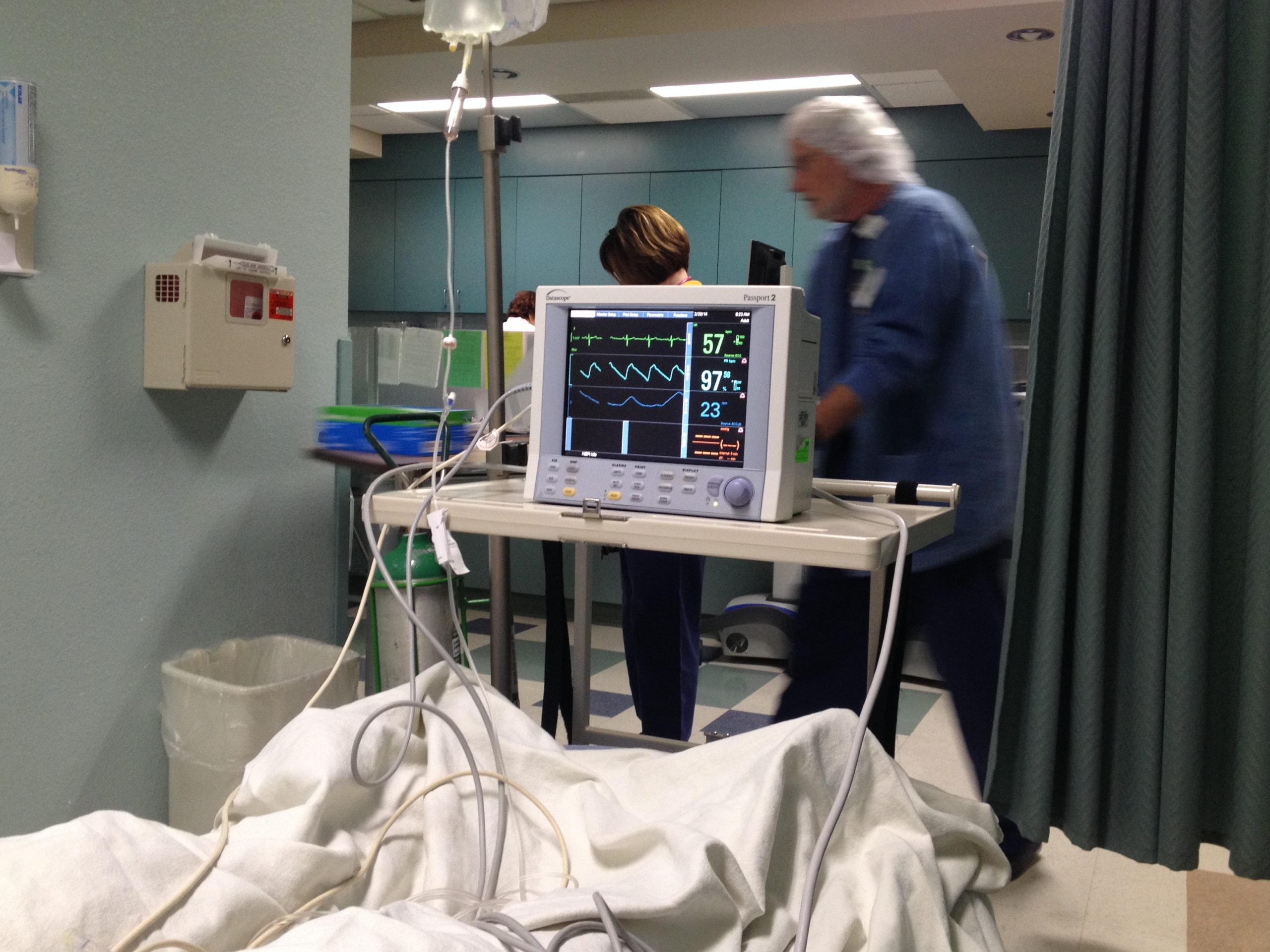8.0 Chapter Overview
In the world of critical care, the health care team faces a crucial task—watching over seriously ill patients who need mechanical ventilation. To do this well, we must understand how the body works and how to use monitoring equipment. This knowledge is gained throughout various courses in the respiratory therapy program.
In this chapter, we will explore the ins and outs of this essential process that reflect the efficiency of mechanical ventilation. Our main focus will be on monitoring blood gases and how patients interact with ventilators. Get ready to dive into the heart of patient care, as we uncover the vital aspects of critical care monitoring.

Arterial blood gases (ABGs) are the cornerstone of assessing the respiratory status of a patient that may require mechanical ventilation or is already being mechanically ventilated. It is important that all health care providers that use mechanical ventilators have an understanding of ABGs and how to interpret them, in order to identify the issues that the patient is experiencing and know how to fix them. This chapter will introduce ABGs, how to approach an interpretation of ABGs, and the issues that are occurring based on the blood gas.
Patient-Ventilator interaction is another important aspect of the complex monitoring of ventilated patients and it should be closely observed by respiratory therapists.
This chapter will focus on:
- The theory behind ABGs
- Normal ABG values
- How to interpret ABGs
- Assess ventilator graphics
- Assess patient- ventilator interactions and asynchrony
Application
ABGs are a key piece in ventilation, as they are used to identify issues that require ventilation-based treatments, and they are used to check on how well a patient is responding to ventilation. Interpreting ABGs is essential to identifying the issues that a patient is experiencing.
Learning Objectives
At the end of this chapter, you will be able to:
- Relate ABGs to the acid-base relationship in the body.
- Identify normal ABG values.
- Interpret ABGs.
- Comment on oxygenation status.
- Identify patient-ventilator asynchrony
Key Terms
- Arterial Blood Gases (ABGs)
- Homeostasis
- Acidic pH
- Alkaline/Basic pH
- Neutralization/Buffering
- HCO3 or bicarbonate
- Respiratory failure/ventilatory failure
- Hypercarbia
- Hypocarbia
- Alkalosis
- Acidosis
- pCO2
- Hypoxemia
- Asynchrony
Whenever these terms are first introduced in this chapter, they are bolded. However, if you need additional information about a term than what is provided here, you can research it in The Free Dictionary: Medical Dictionary.
“Chapter 8 | Introduction to ABGs and Interpretation” from Basic Principles of Mechanical Ventilation by Melody Bishop, © Sault College is licensed under a Creative Commons Attribution-NonCommercial-ShareAlike 4.0 International License, except where otherwise noted.

